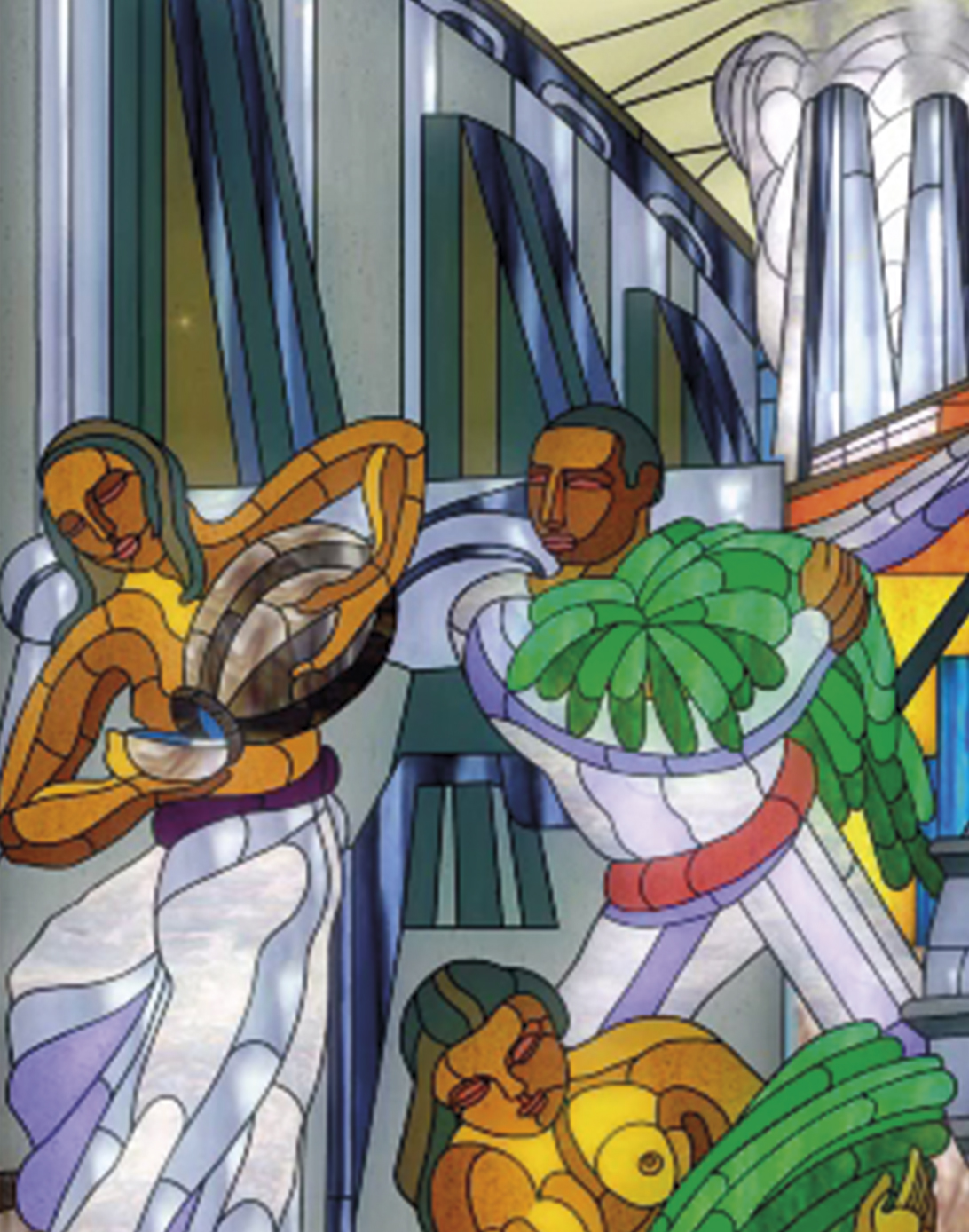Architectural Icon
Located on one of the most emblematic avenues of Mexico City, building that today houses the museum was built in partnership by De Lemos & Cordes Architects and engineer Gonzalo Garita y Frontera, inaugurated in 1905.
In 1926 it was remodeled by the architect Carlos Obregon Santacilia to house the central offices of Banco de México. The building is an example of eclecticism, since it includes neoclassical elements on the outside and art deco on the inside.


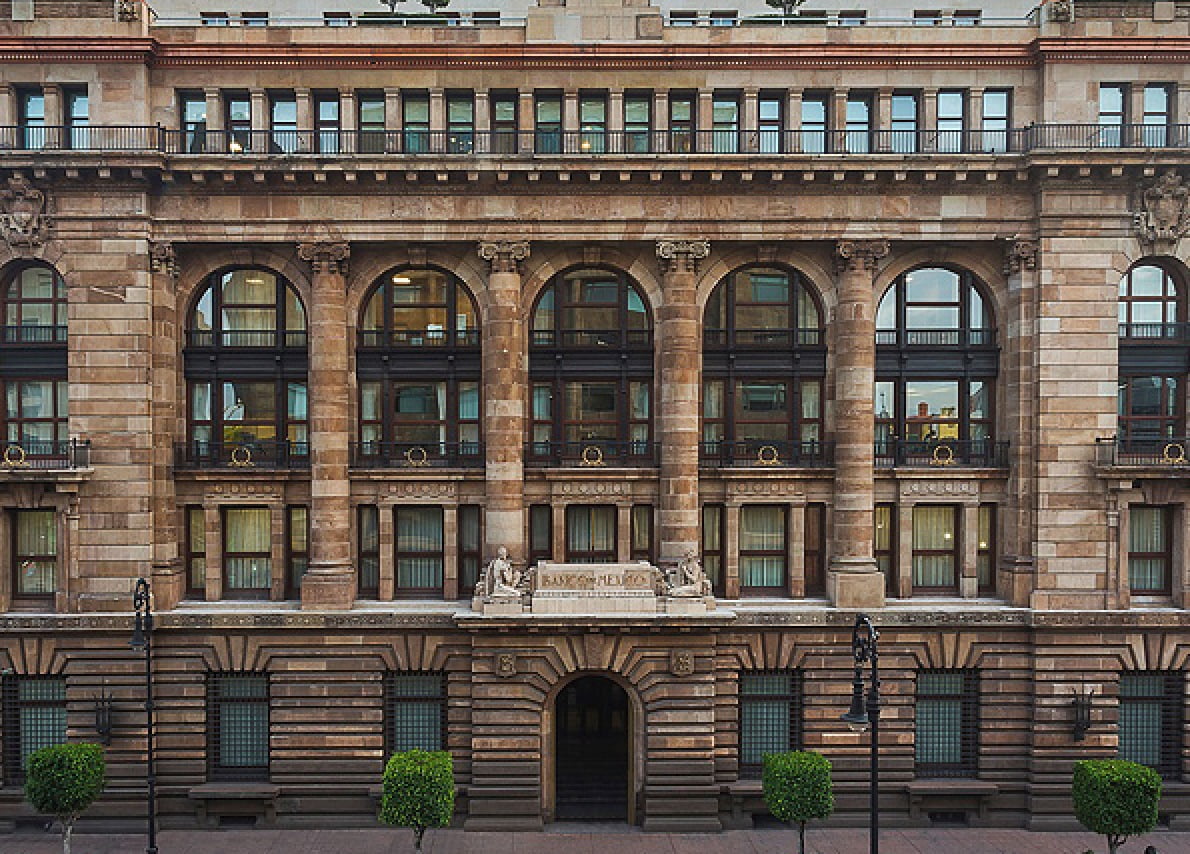
Architecture
The building that is today home to the Banco de México Museum was constructed from 1903 to 1905 by the architect Theodore William Emile de Lemos and the engineer Gonzalo Garita y Frontera; it was remodeled and restored by the architect Carlos Obregón Santacilia and the engineer Federico Ramos in 1926.
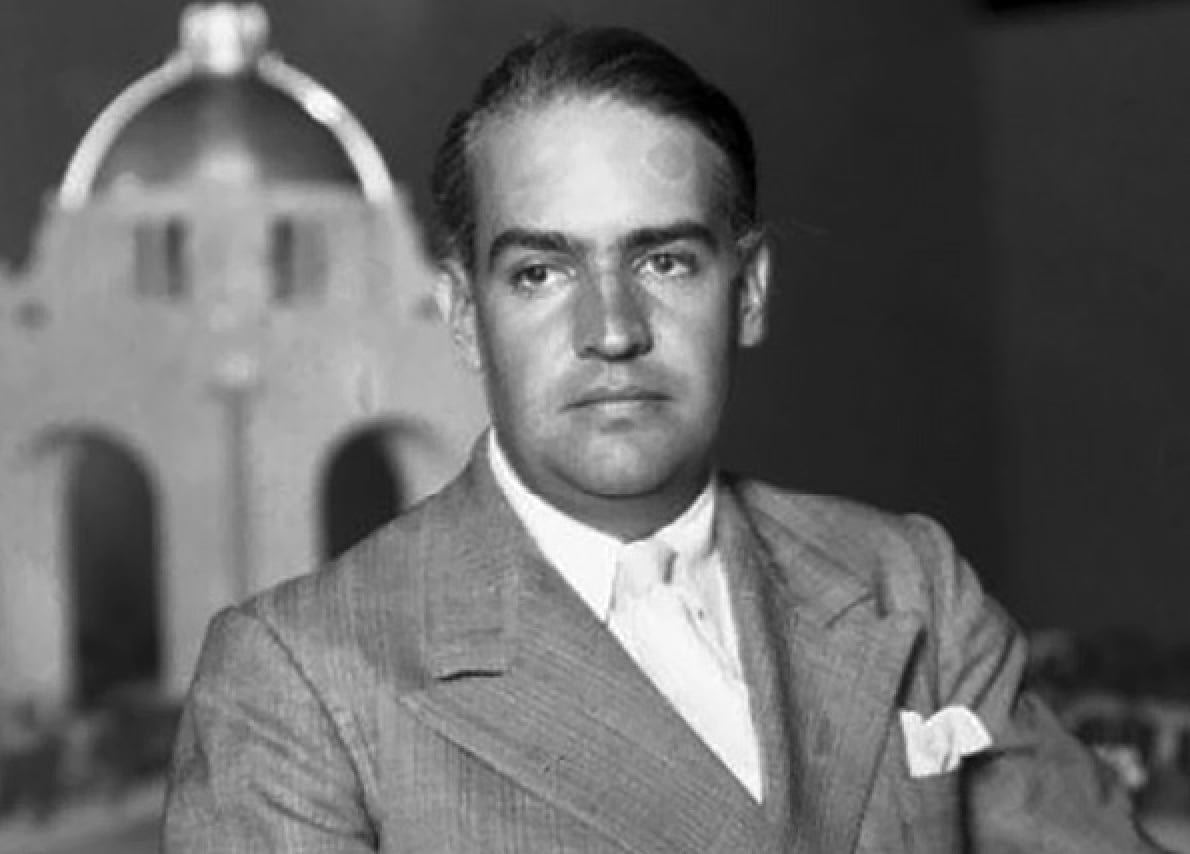
Carlos Obregón Santacilia
The Mexican architect Carlos Obregón Santacilia (1896-1961) is a forefather of modern architecture in Mexico, with around 150 buildings completed between the 1920s and 1960s.
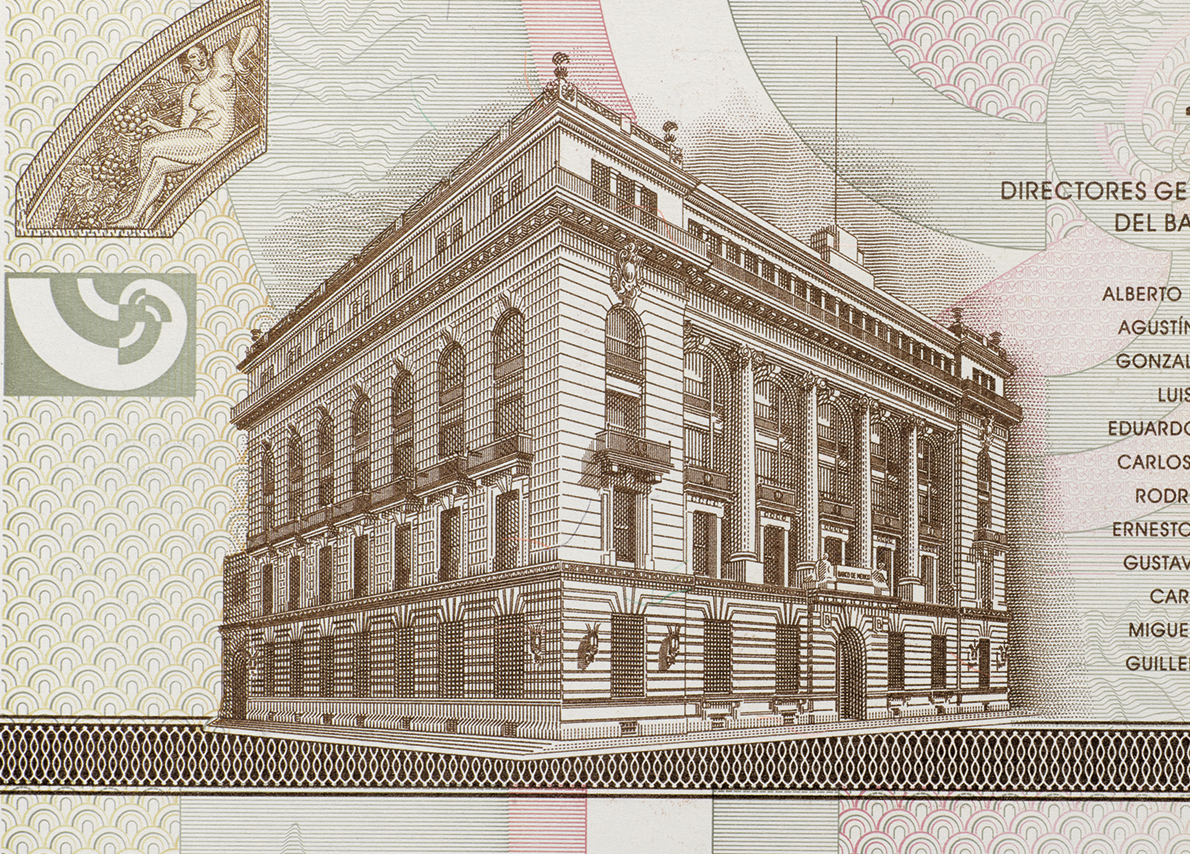
History of the Banco de México Main Building
Following the establishment of a single bank with authority to issue currency in the 1917 Constitution, a space for its headquarters was needed.
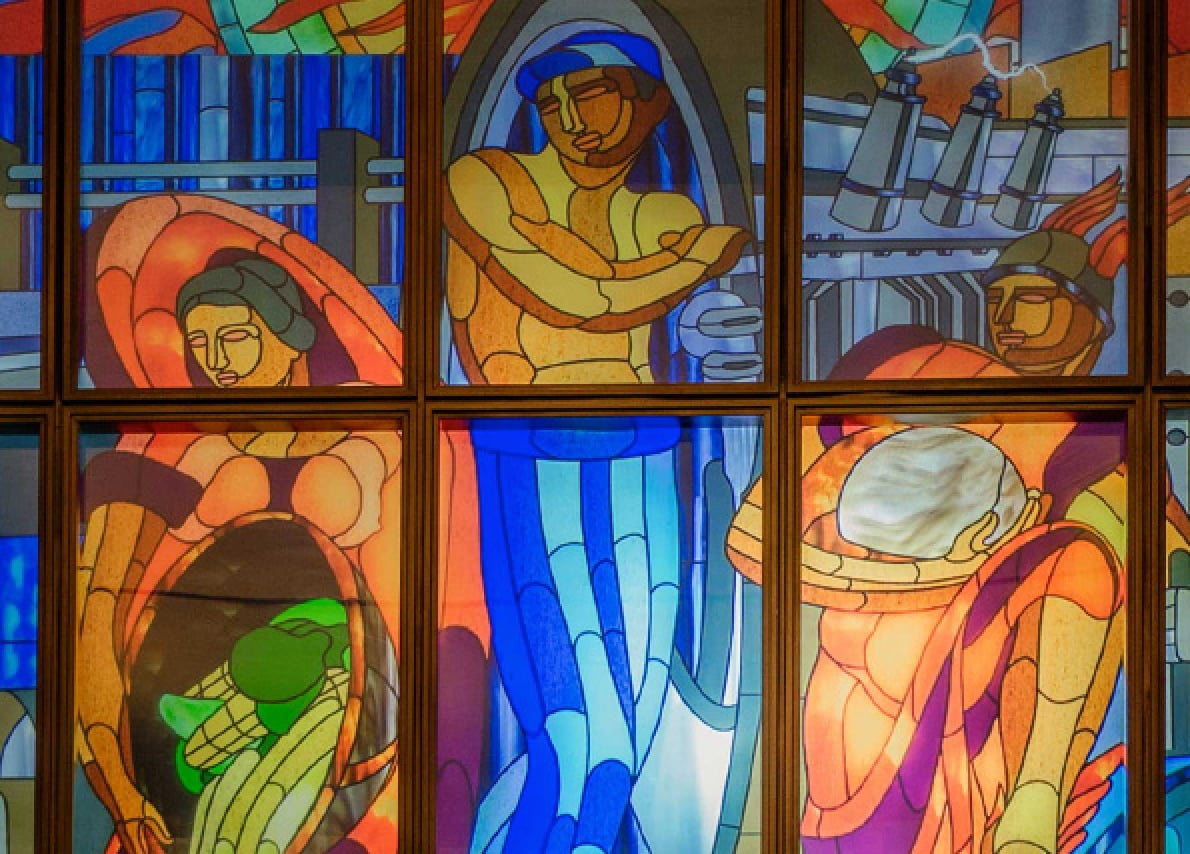
Vitral de Fermín Revueltas
The artist Fermín Revueltas (1901- 1935) is a distinguished representative of the Mexican muralist movement. His interest in color led him to develop compositions capable of creating contexts and volumes in large-format works with various techniques. His chromatic experimentation also led him to use glass to emphasize the colors’ luminosity
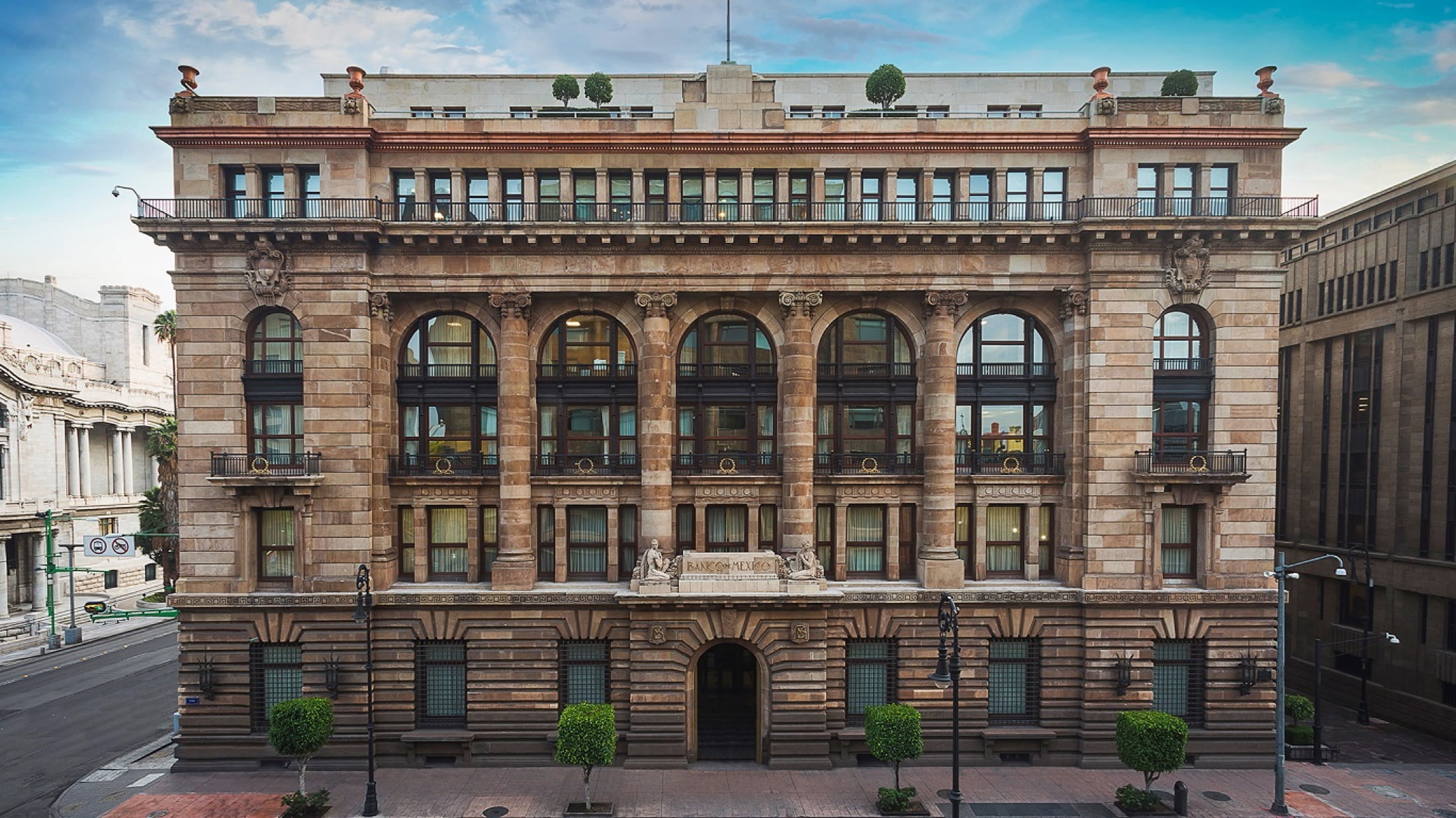

The building that is today home to the Banco de México Museum was constructed from 1903 to 1905 by the architect Theodore William Emile de Lemos and the engineer Gonzalo Garita y Frontera; it was remodeled and restored by the architect Carlos Obregón Santacilia and the engineer Federico Ramos in 1926.
Stylisticially, the Banco de México main building is an example of eclecticism, featuring Ionic columns, semicircular arcs, cornices, and archstones, as well as caryatids, an element important in ancient Greek architecture. Characteristics such as ashlar masonry separated by thin panel joints speak to us of a style much used in the Italian Renaissance. The remodeled building combines Art Deco with neo-Hispanic stylistic elements, a marriage of styles giving it it a unique identity.


The main facade looks out on Av. 5 de Mayo. Its volume is symmetrical, centered by four monumental Ionic columns that rise from the first to the third floors. Between these columns are five large windows framing semicircular arcs.
The lower-level walls take their inspiration from French and Italian palaces, with large-stone ashlar masonry and recessed joints, giving the building a serious, elegant appearance. Six recessed lamps are noteworthy, as well as delicately worked details and reliefs in the facade.
When the building was adapted to be the central bank's headquarters, the facade was augmented by eliminating cayratids. These were replaced with a group of limestone figures by the Mexican sculptor Manuel Centurión, located over the main entrance. They consist of a couple, a man and a woman, alluding to work and abundance. The two figures watch over a small wall where the name “Banco de México” is inscribed.
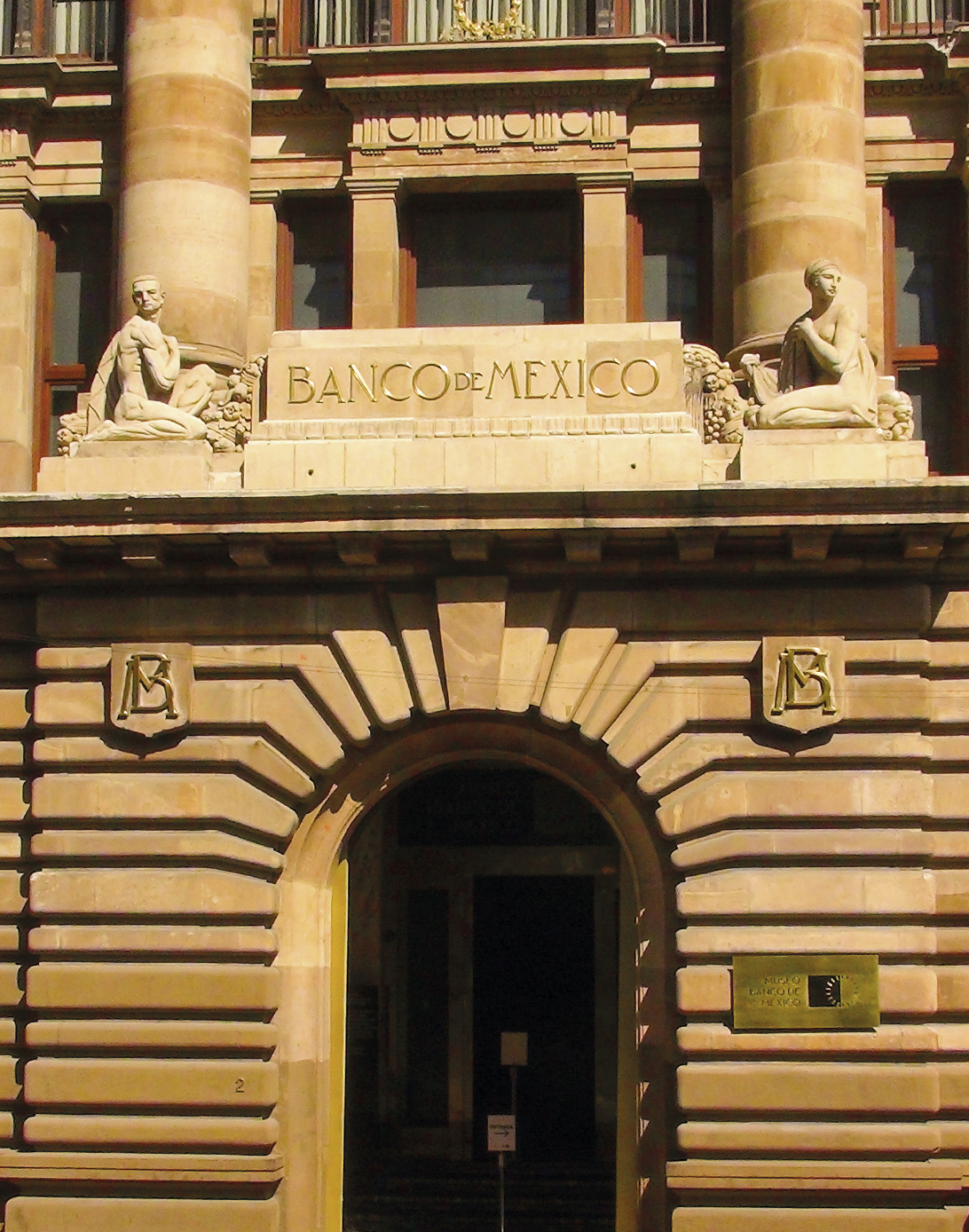
The main hall features eight columns, each nine meters tall and covered in black marble from Belgium at the base, and black marble with gold veins from Portoro, Italy, up to a bronze capital at the top.
The space is crowned by an imposing ceiling formed by 15 decorated panels. At the back, a perpendicular hall connects various lateral spaces, while from the center rises an imperial staircase with a marble finish and bannisters in bronze with French Renaissance ironwork. The interior features patterns in broken lines and semicircles, as well as wrought iron and steel materials such as those present in the main vault.
Stylistically, the Banco de México headquarters building is an example of eclecticism, featuring Ionic columns, semicircular arcs, cornices, and archstones, as well as caryatids, an element important in ancient Greek architecture. Characteristics such as ashlar masonry separated by thin panel joints speak to us of a style much used in the Italian Renaissance. The remodeled building combines Art Deco with neo-Hispanic stylistic elements, a marriage of styles giving it a unique identity.
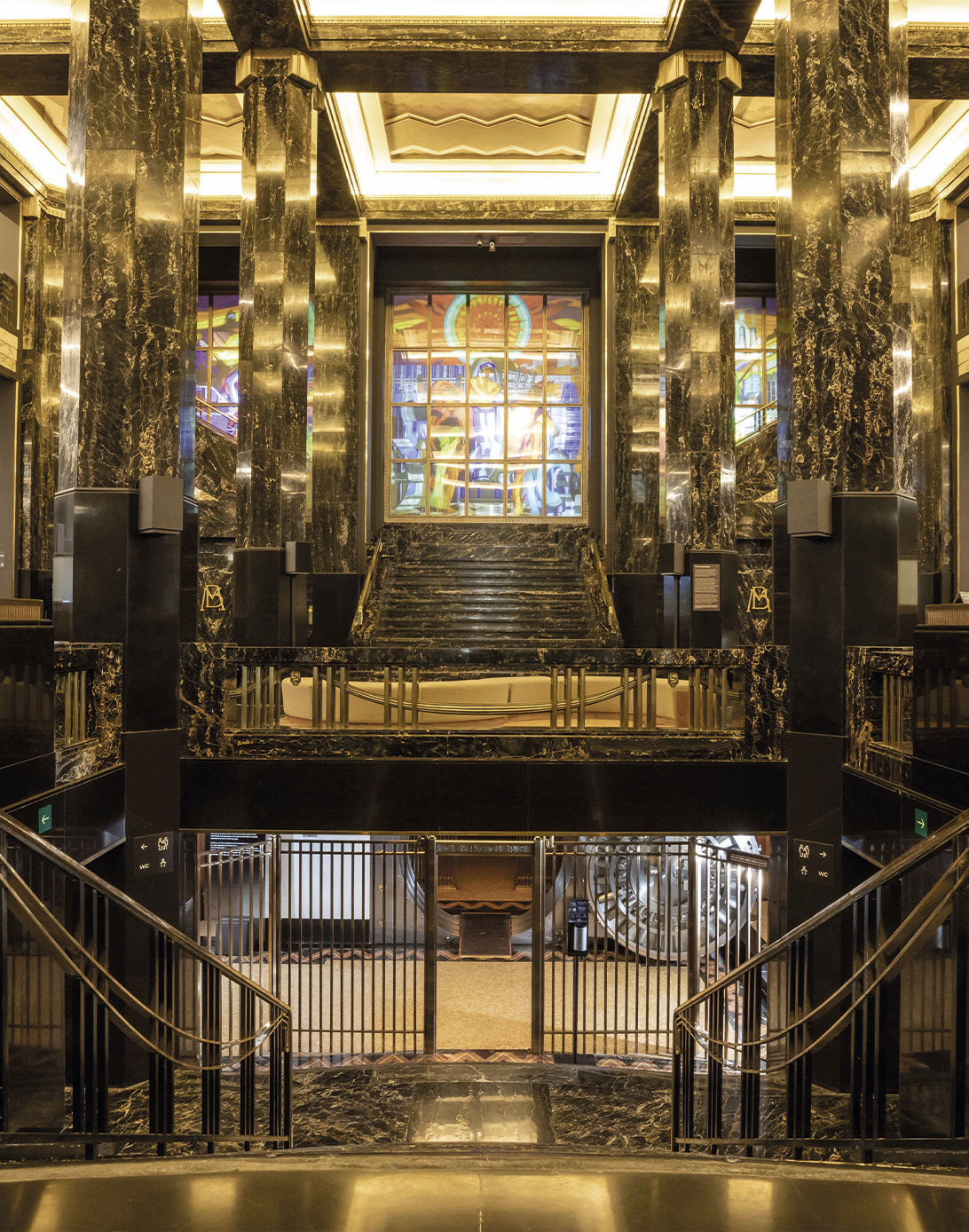
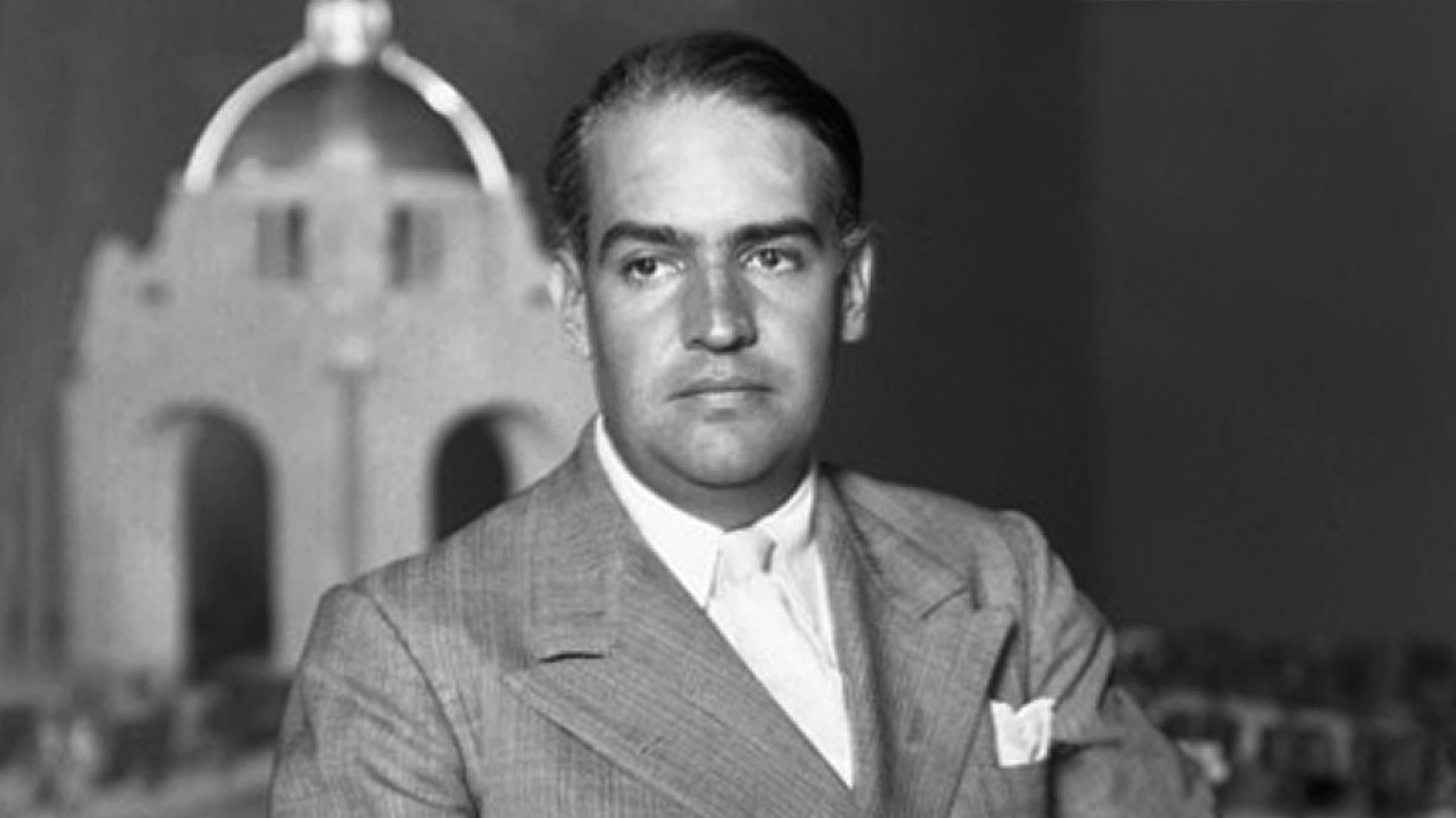

The Mexican architect Carlos Obregón Santacilia (1896-1961) is a forefather of modern architecture in Mexico, with around 150 buildings completed between the 1920s and 1960s.


The style of his work tends toward nationalist neocolonialism, with Art Deco added in later buildings. Some of his most distinguished buildings are the Pabellón de México for the 1922 World’s Fair in Río de Janeiro, the Benito Juárez Educational Center, the remodeled Banco de México main building, the Ministry of Health building, and the Casa Gómez Morín.
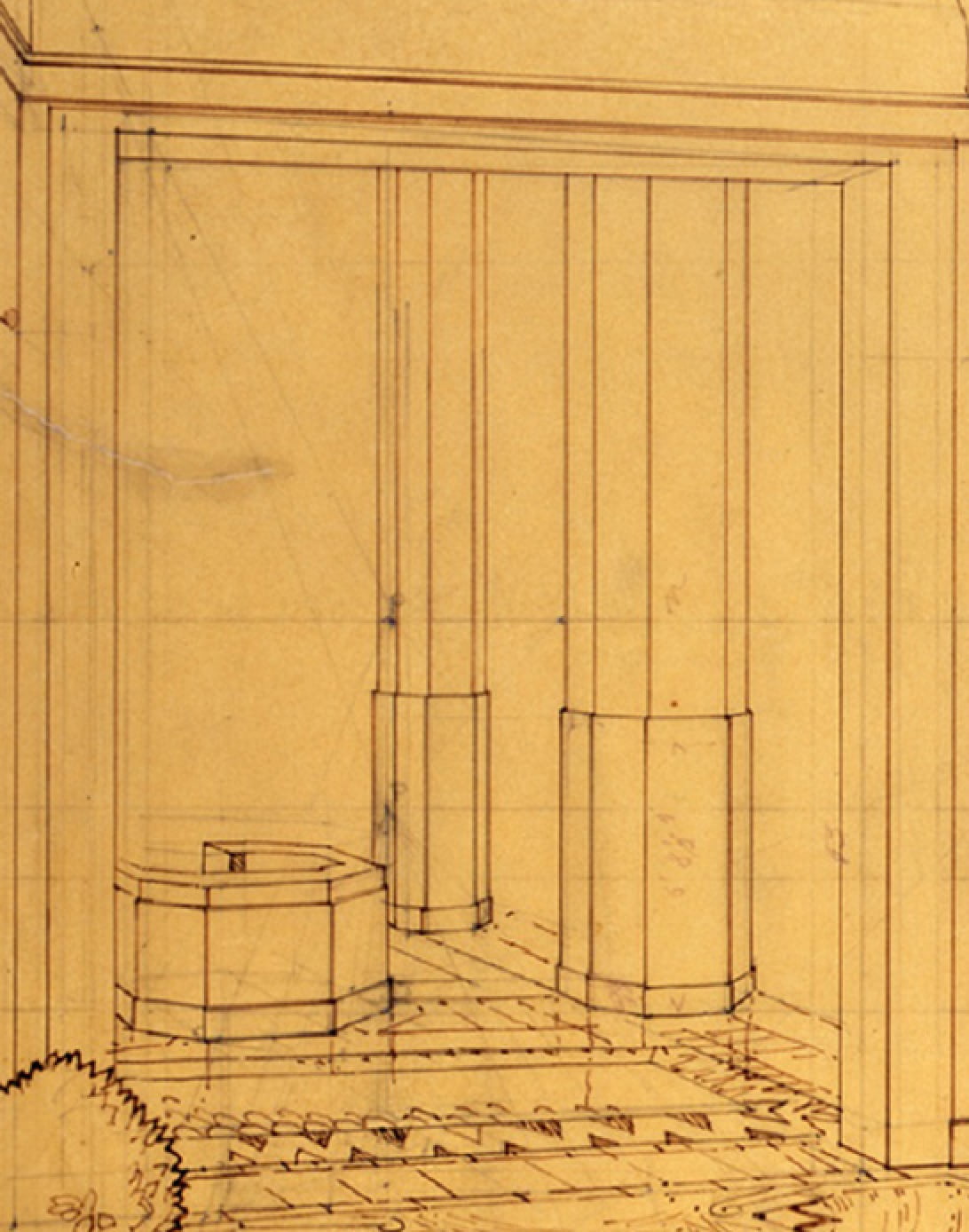
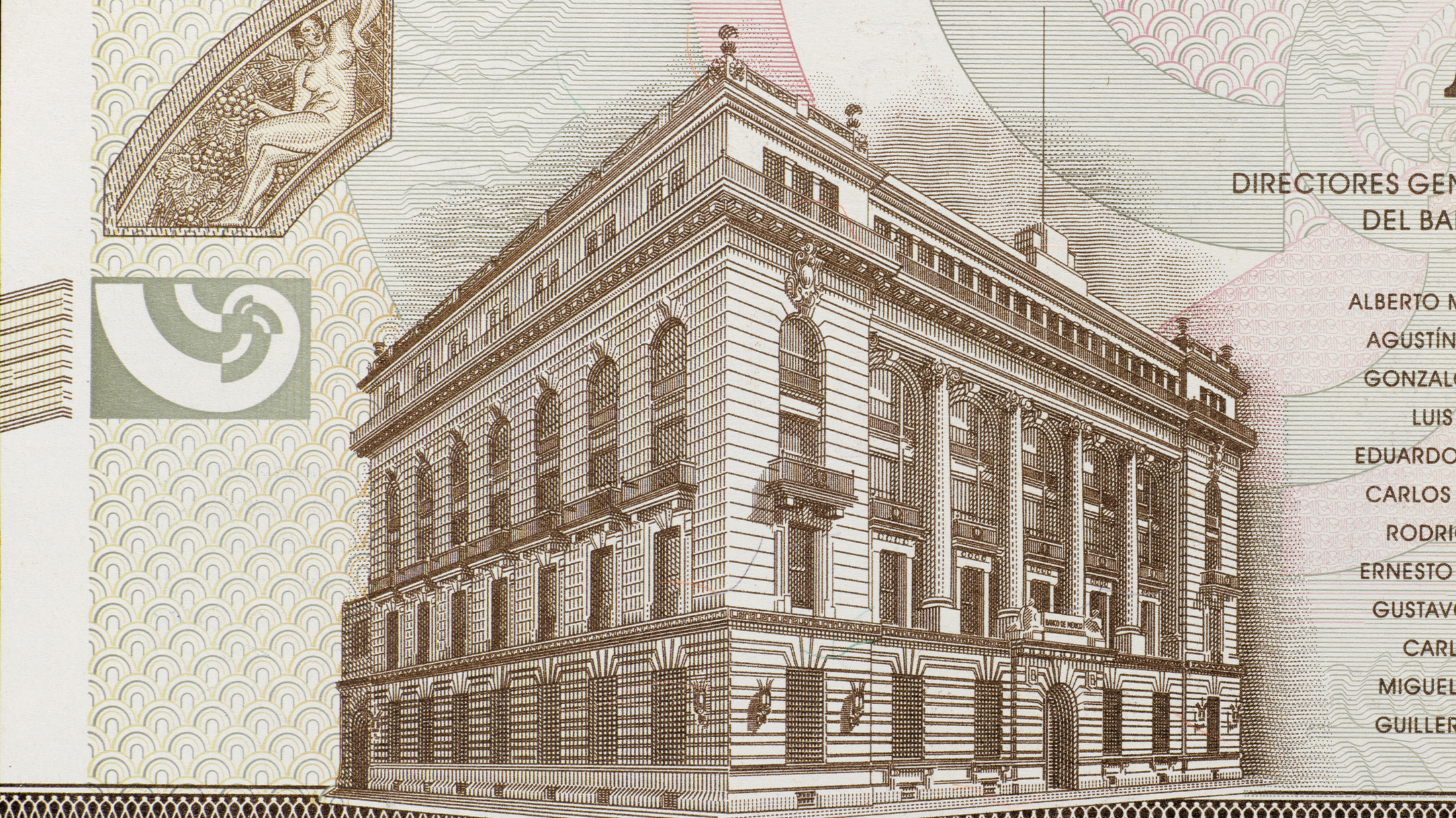

Following the establishment of a single bank with authority to issue currency in the 1917 Constitution, a space for its headquarters was needed.
On the basis of a presidential decree on August 4, 1925, purchase was made of the building located at the corner of Av. 5 de Mayo and Lázaro Cárdenas. Previously known as “La Mutua,” the building was home to operations of the Mutual Life Insurance Company of New York from 1886 to 1922


After purchase of the building, a project to remodel it was put in the hands of the architect Carlos Obregón Santacilia and the engineer Federico Ramos
The remodeled building was inaugurated on October 12, 1927 as the Banco de México headquarters. Since that time it has served not only as an important reference point in the nation’s economic life, but also in the history of Mexican architecture, an iconic building in Mexico’s historic center, its beautiful interior becoming one of the most distinguished examples of Art Deco. The building was declared an Artistic Monument on May 4, 1987.
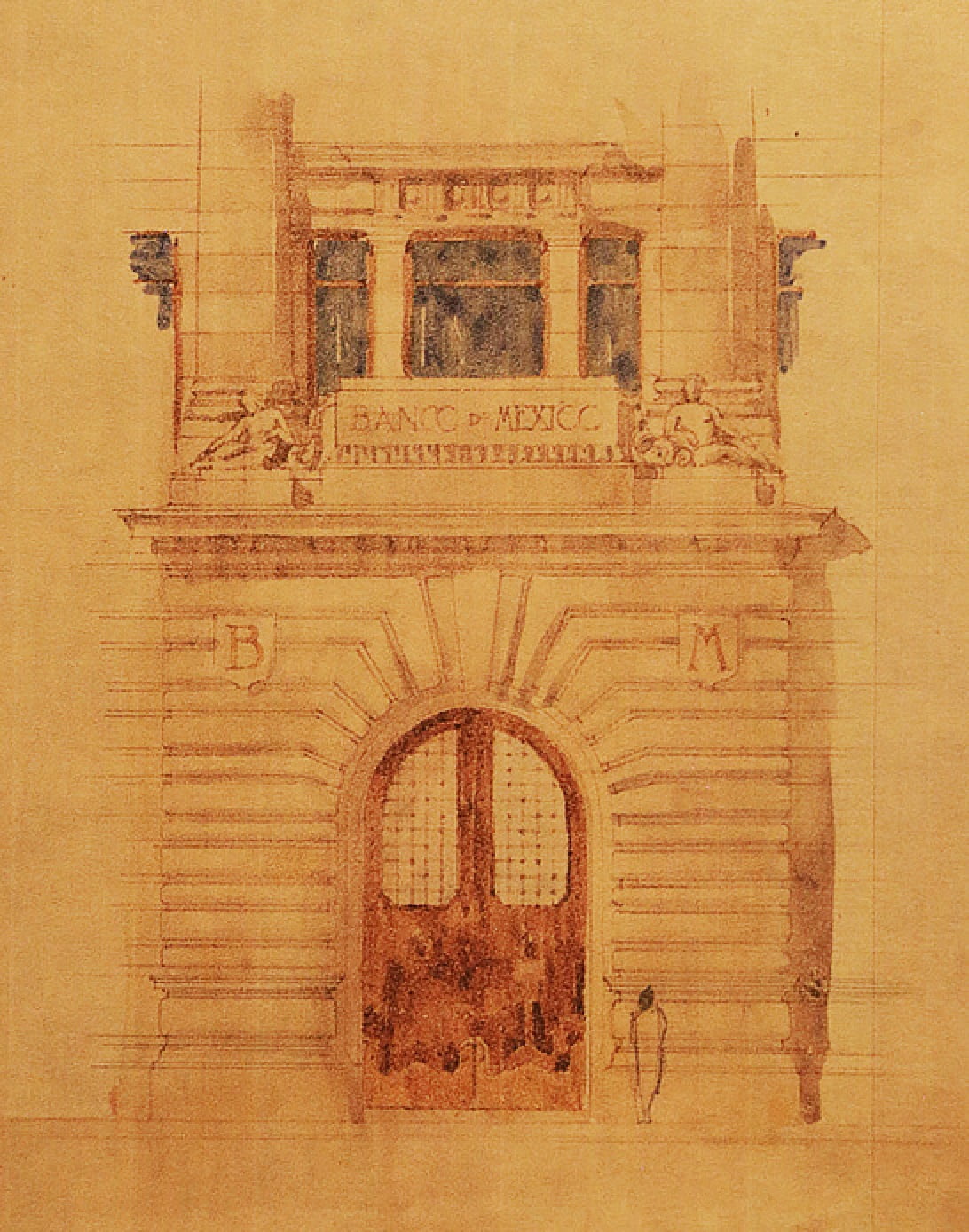
In 2021 the building was restored to return it to its earlier appearance, with installations and separations that had formed offices taken down. Architectural and decorative features were restored in the bank entrance hallway, the mezzanine and the vaults.
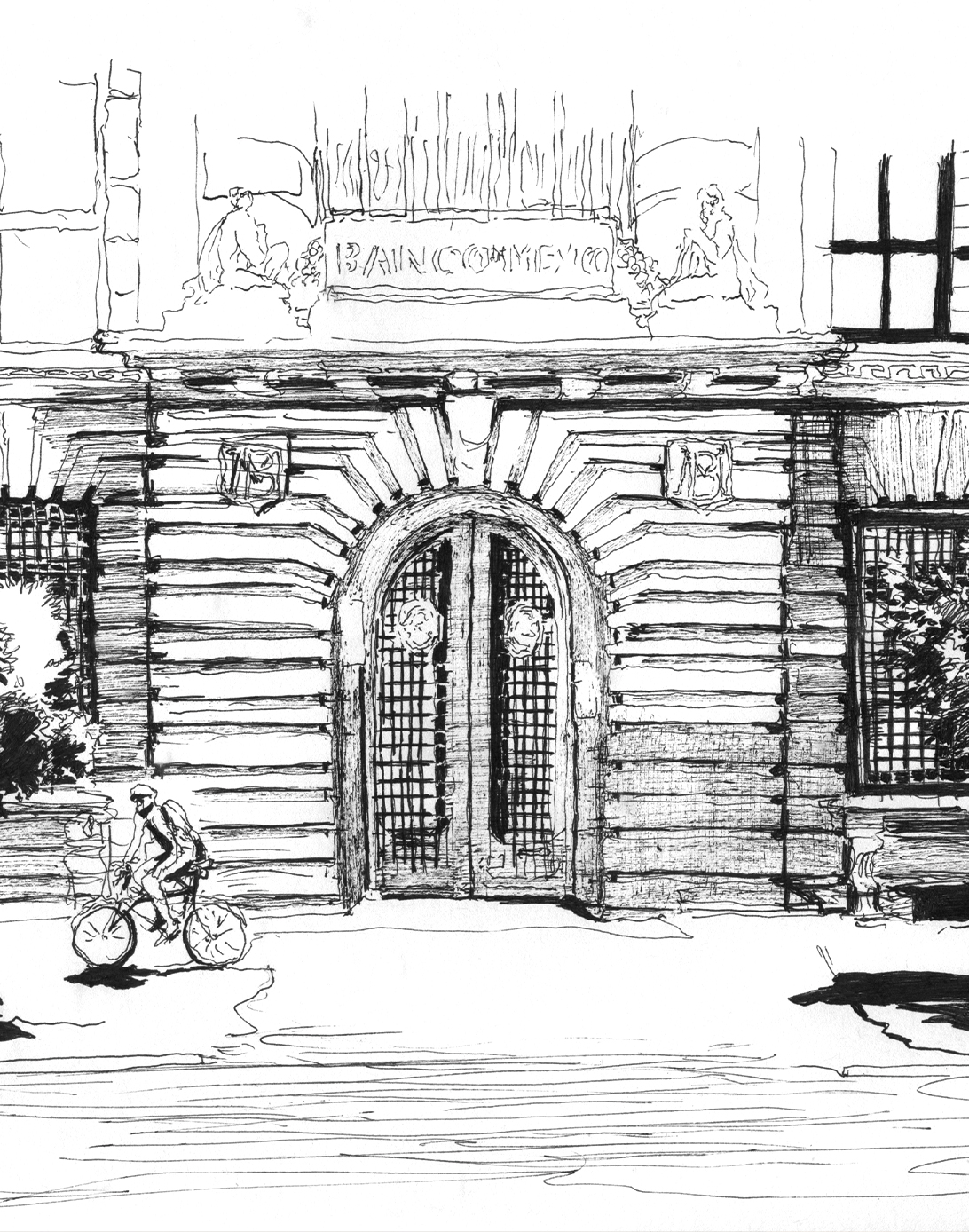
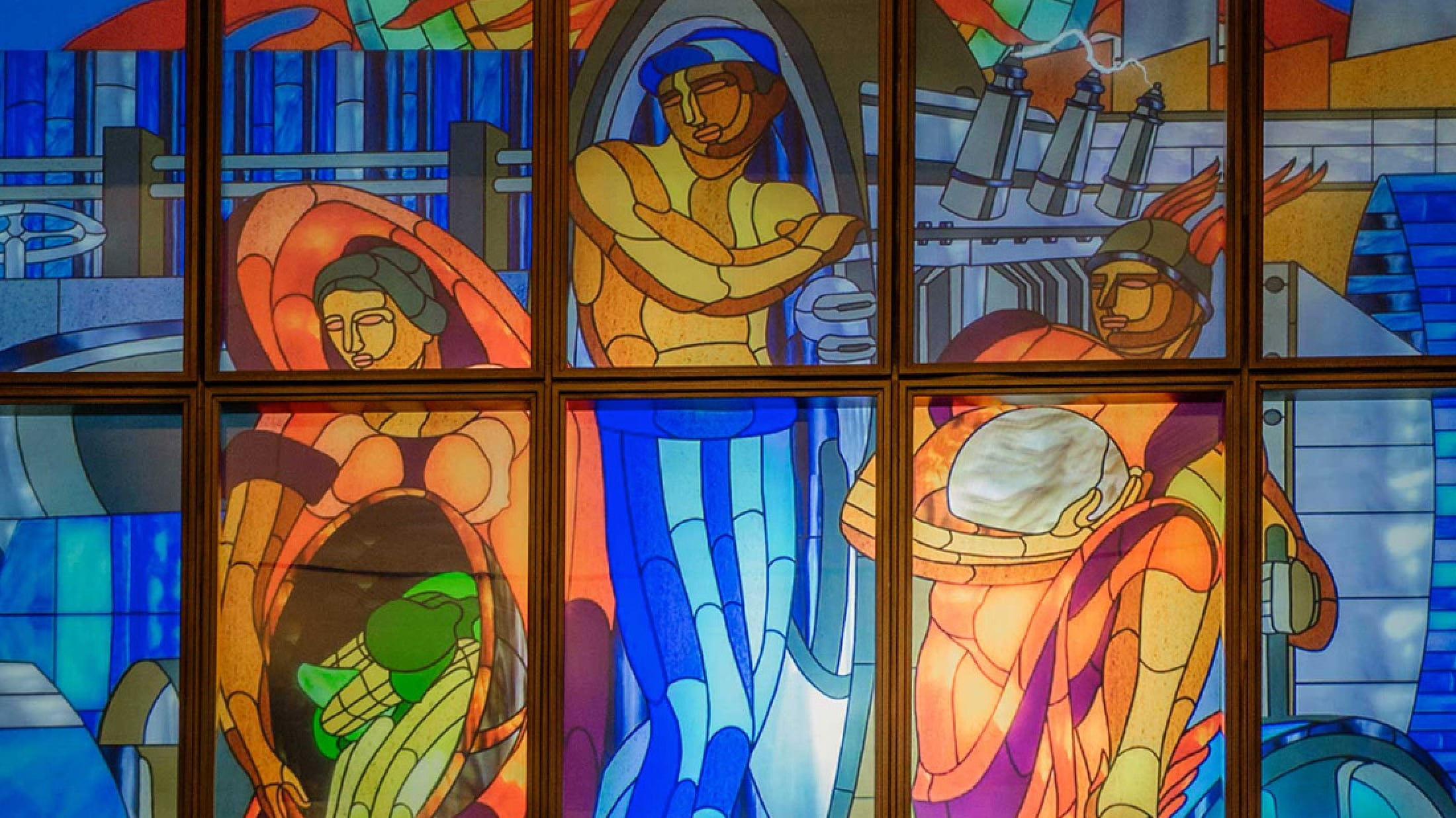

The artist Fermín Revueltas (1901- 1935) is a distinguished representative of the Mexican muralist movement. His interest in color led him to develop compositions capable of creating contexts and volumes in large-format works with various techniques. His chromatic experimentation also led him to use glass to emphasize the colors’ luminosity.
In 1935, the engineer Gonzalo Robles Fernández, Banco de México Director, invited the master artist to create three glass panes to decorate the window over the stairway in the bank entrance hallway in the main building.


Revueltas planned a monumental work, which was unfortunately left unfinished due to his sudden death. The window design highlights the nation’s productive forces: field laborers and workers immersed in colorful scenes that reflect rural and urban environments in a discourse with modernity, represented by technological and industrial advances.
The presence of symbolic characters illustrates progress and economic development, part of the modernist ideal of the 1930s.
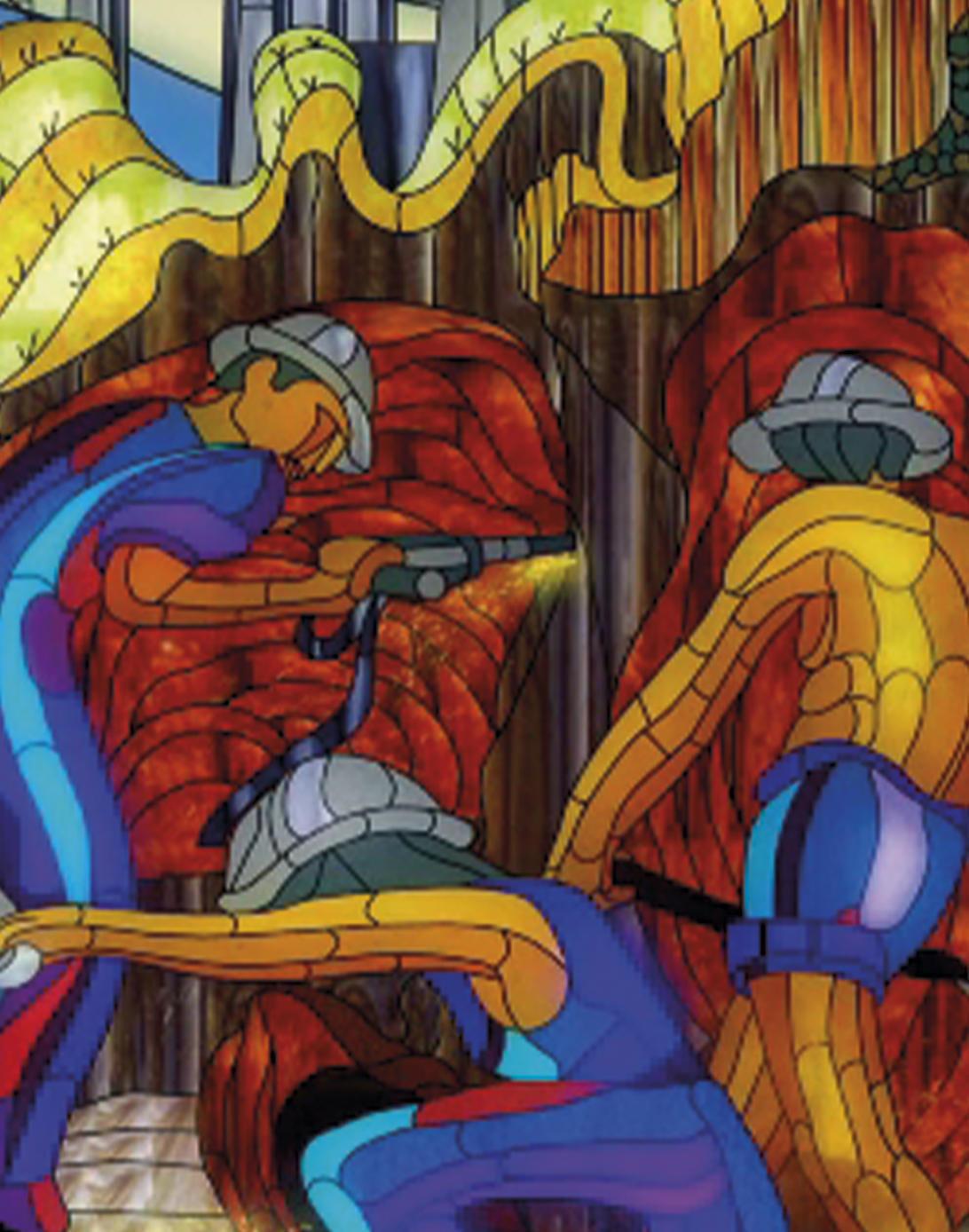
Recovery of this project was planned in agreement with the Revueltas family, owners of the pencil sketch, and in agreement with a descendant of the stained-glass workshop Montaña Hermanos Sucrs., which was originally awarded the contract to fabricate the window
Today, the chromatic scheme of the piece is recreated in the Museum hypothetically, via digital means. We can now enjoy it, probably the way Fermín Revueltas imagined it.
